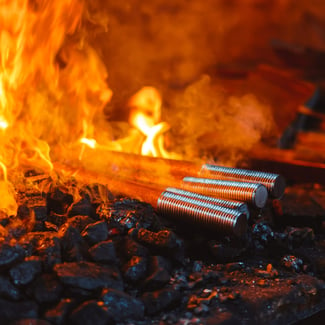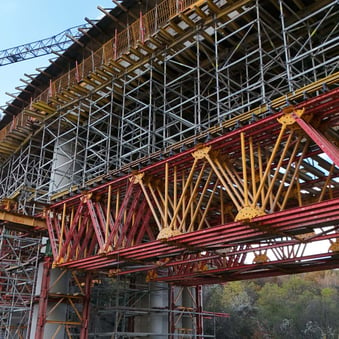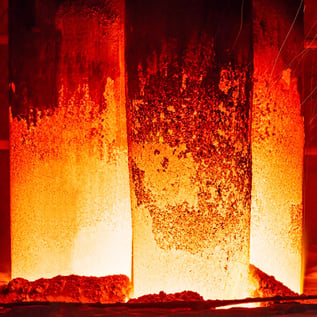
on March 6, 2024 | 3 min. read


Ever wondered how master metalworkers achieve those incredibly strong yet flawlessly shaped creations? Heat treatment holds the key! Specifically, two techniques called annealing and tempering can dramatically alter a metal's strength, flexibility, and ease of use.
Keep reading to dive into the fascinating world of annealing and tempering. Discover how these processes work, their distinct applications, and how they can transform your metal projects into masterpieces!

Heat treatment plays a critical role in manipulating metal's properties, enabling us to achieve specific desired outcomes. Whether aiming for enhanced strength, increased flexibility, or optimal machinability, three key variables guide the process:
By fine-tuning these three variables, experts can transform ordinary metal into materials perfectly suited to your specific needs.

Annealing is a targeted heat treatment that enhances a metal's machinability and ductility. This translates to softer, more pliable metals that readily bend, shape, and machine with minimal friction and tool wear.
Annealing occurs in four phases, each serving a specific purpose:
The metal reaches a predetermined temperature, exceeding its recrystallization point but remaining below its melting point.
Internal stresses built up during forming or other processes are released, allowing the metal to "relax."
New, smaller grains develop within the metal structure, further enhancing ductility and machinability.
Slow cooling promotes further grain growth, leading to a more uniform and stress-free structure.

Unlike annealing, which focuses on softening, tempering strategically heats steel to a precise temperature below its melting point. This carefully controlled process alleviates internal stresses and refines the steel's internal structure, resulting in:
Whether you're building heavy-duty tools that need to last a lifetime or crafting components designed to perform flawlessly under pressure, Mead Metals' tempered steels offer the perfect foundation
Tempering steel unveils its transformation through a fascinating visual clue — color. Light yellows signal a softer, more pliable material, while deep blues indicate exceptional strength and rigidity. This color spectrum serves as a window into the steel's new properties, unlike annealed metals which remain visually unchanged.

At Mead Metals, we don't just supply metal – we unlock its full potential. Whether you need the effortless machinability of softened spring steels or the unwavering rigidity of tempered tools, our heat treatment expertise delivers. Contact us today to discuss custom annealing, tempering, or other thermal processes tailored to your specific needs. Together, we'll transform your metal into the perfect foundation for your vision.
